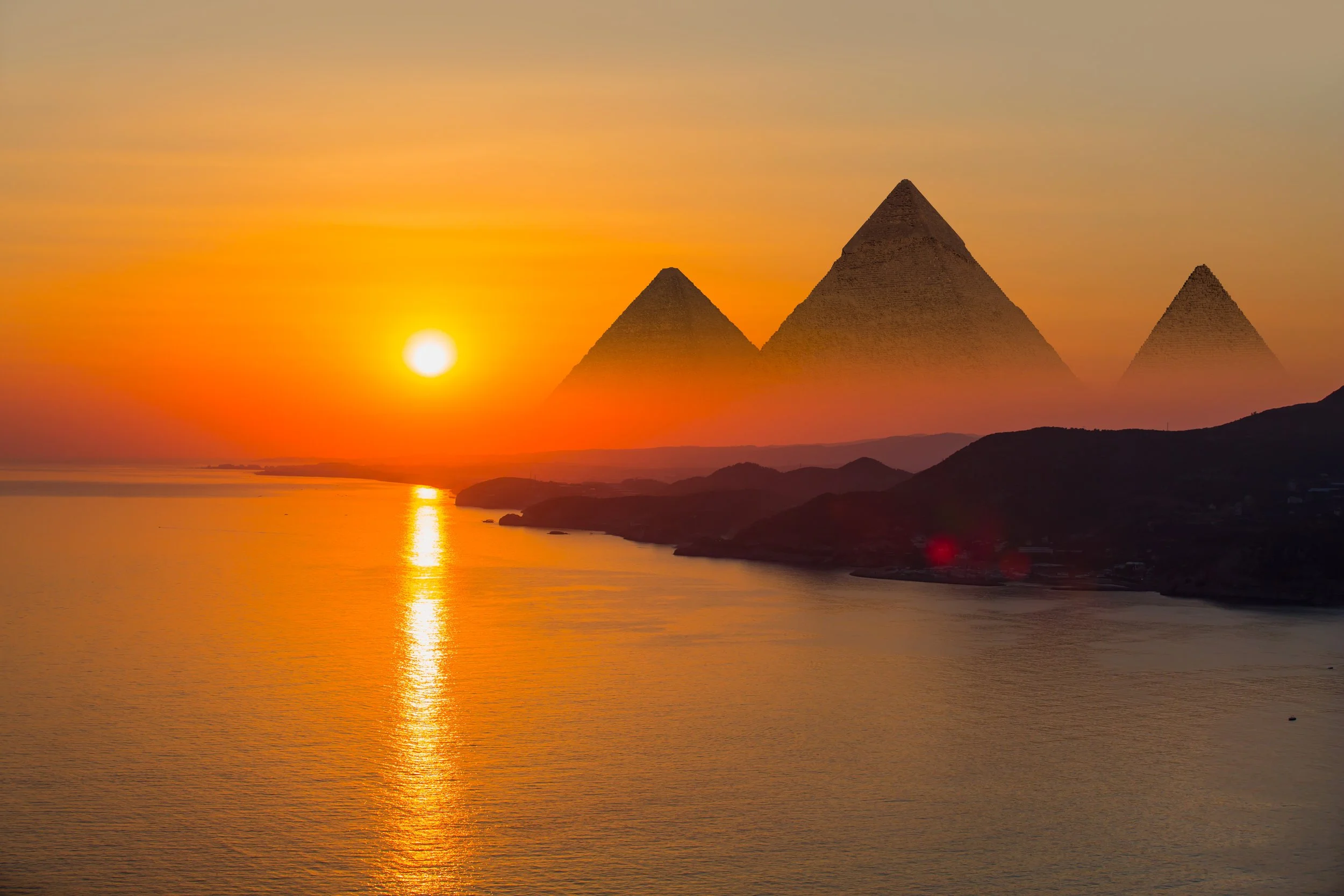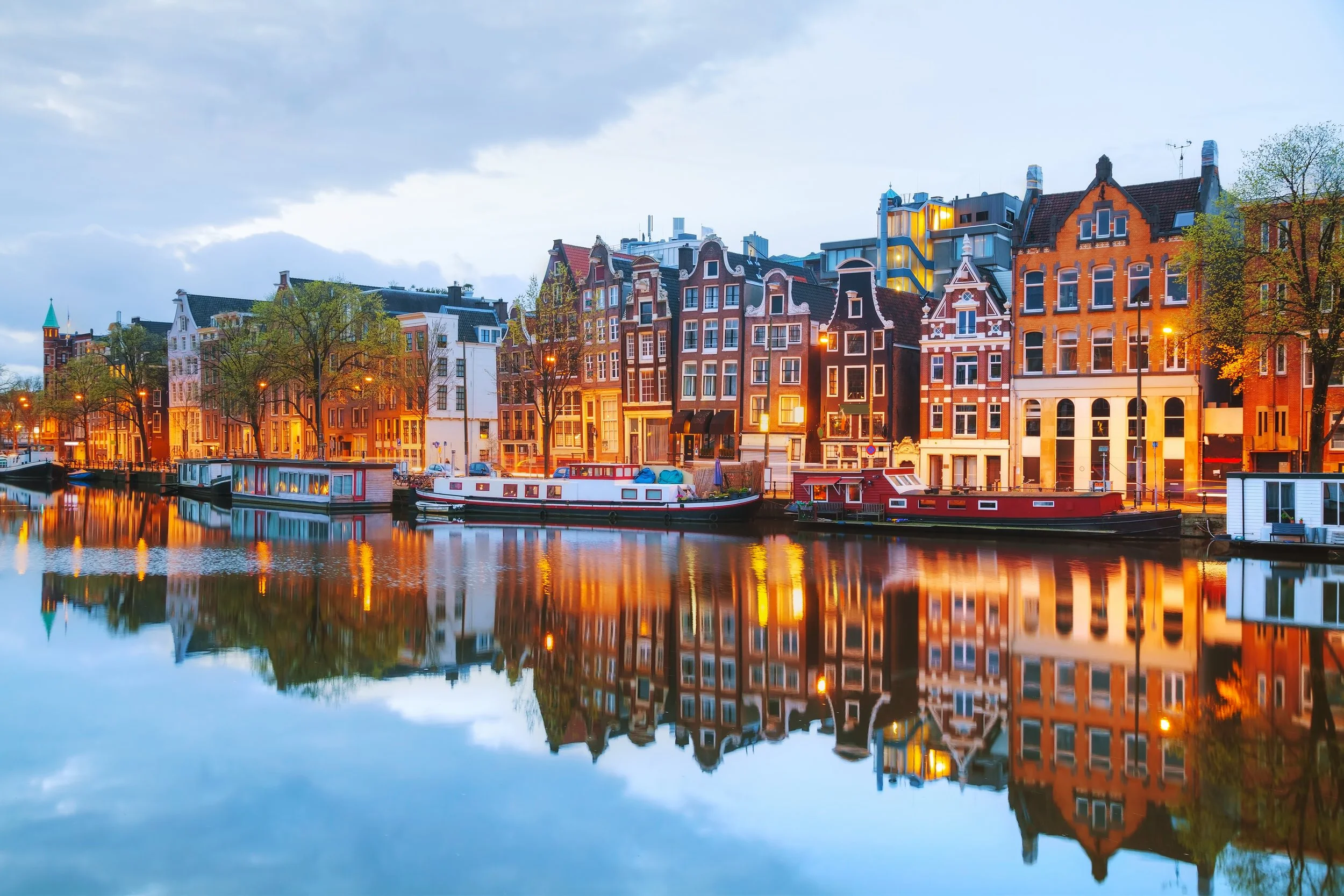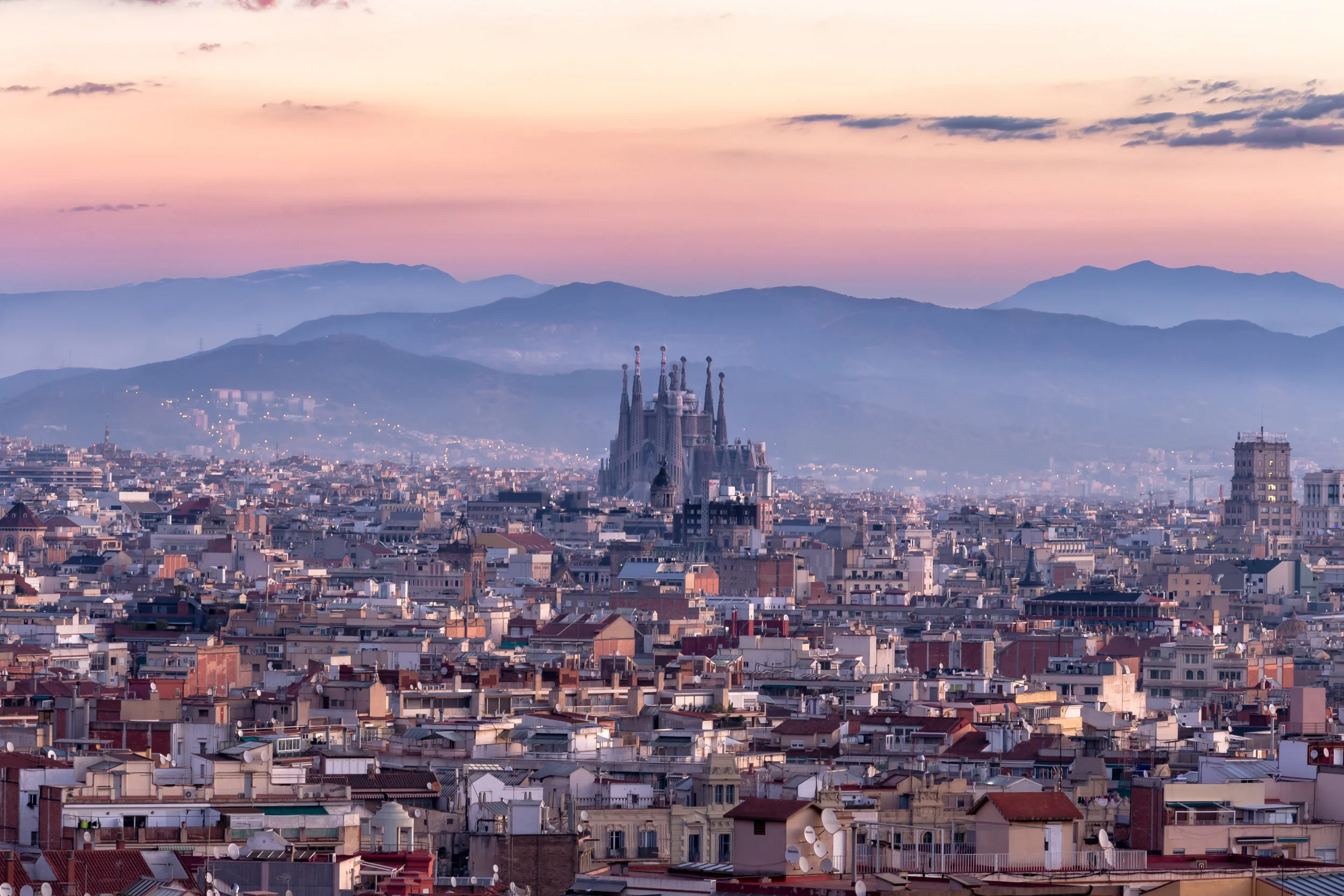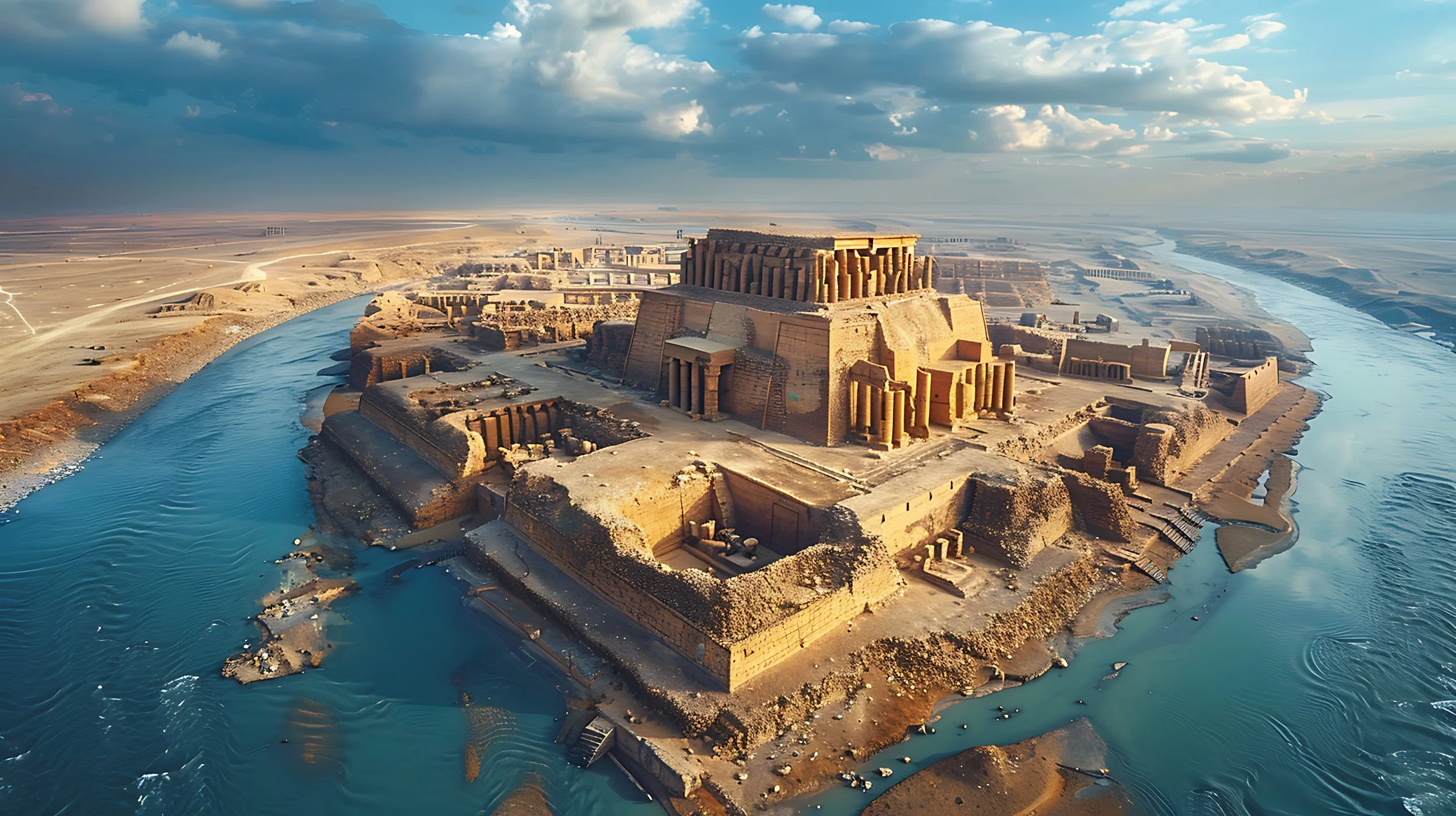ROST ARCHITECTS VISITS INCA RUINS IN PERU
In October 2018 we set out to Peru to study the architecture, urban planning and design in this stunningly beautiful South American country. We focused on the Spanish Colonial Architecture in Cusco and Inca ruins in the Sacred Valley of the Andes Mountains, mainly the sites of Machu Pichu, Sacsayhuaman, Pisac, Chinchero, and Ollantaytambo.
We wanted to bring a new and unique perspective and ideas back to our architectural firm Rost Architects in Southern California and to curate a list of the most impressive architectural sites, cultural experiences, restaurants, and lodges for our readers. It is important to note that we were guided by the team at Alpine Accents and Mountain Lodges who were critical in exposing us to a variety of sights both natural and architectural. We owe them all the credit for a wonderful experience and the wealth of information in this article. We hope that you can use this reading to help plan your next trip to Peru or simply learn something about the rich history and natural beauty of this country.
The City of Cusco
After a smooth cup of Peruvian coffee infused with Coca leaves from the hotel café El Mercado, we set out to the Plaza de Armas which is the main square in the center of the city. The Plaza de Armas is lined with architecture from the Spanish Colonia era dated back to around the time when the Spanish overtook the city. In the plaza we watched the raising of the Cusco and Peruvian flag and listened to the Peruvian national anthem while military men marched in formation in front of the Cusco Cathedral, formally known as the Cathedral Basilica of the Assumption of the Virgin.
The cathedral is the most noteworthy piece of architecture in the plaza. The interior is designed using a Baroque motif and is spectacularly adorned with silver ornamentation on the alter. Like many cathedrals this one had a painting of the last supper. This one was done by a local Inca artist and instead of bread and wine on the table, the painting shows roasted guinea pig and chichi morada, a Peruvian drink made from purple corn. Taking a tour of the inside of the cathedral is worth your time.
Expansive gardens fill the plaza and colonial colonnades line the edges of the plaza making it a great location to have an afternoon picnic and people watch. Spending time in the Plaza de Armas will give you a great introduction to the culture and vibrancy of Cusco.
In Cusco we had the opportunity to dine at several great restaurants. One of the most notable was located just off of the Plaza de Armas called Limo. It served traditional Peruvian food with an infused with a slight Asian twist. We dined on fresh ceviche, lomo soltado and fresh trout sourced naturally from a nearby lake, some Pisco Sours and a couple Peruvian beers called Cusequena. Be prepared to search a bit for this restaurant, you will need to enter into a courtyard then take a left up some old colonial stairs before reaching the front door. Ask for a seat by the windows overlooking the plaza, you will have beautiful views of the Cusco Cathedral and the city lights beyond. Well worth it.
Sacsayhuaman
On the second day we set out to visit Sacsayhuaman which is the name of the Inca ruins just north of Plaza de Armas in Cusco. The archaeological site lies on top of the hill giving a beautiful 360 view to the city and surrounding hills. It is the perfect place to get a better understanding the urban layout of Cusco. If you are like me, I find real value in seeing cities from this perspective.
On your initial approach into Sacsayhuaman you will be stunned by the scale of the ruins. It is often characterized by the colossal stones fitted together with delicate seams of near perfection. As you traverse through the field of grazing llamas and get closer to the ruins, you will begin to see the degree of accuracy with which these megaliths are carved. The walls are laid out in a zig zag formation in plan with three layers of terracing leaving a large open field in the middle. All of the walls have a strikingly uniform angle back towards the terrace above to increase the stability of the wall. The largest stone in the site is estimated to weigh nearly 200 tons. It is said that the Andesite rock is not found locally at the site of Sacsayhuaman and it had to be quarried from a site across the valley. To transport the megaliths, it is thought that the builders dragged each stone with rope to the site.
From an architectural perspective this ruin is fascinating. The amount of effort and coordination it took to build this structure combined with the level of precision in the craftsmanship of the material puts this site on the top of our list. There is only a small fee to visit Sacsayhuaman so be sure to make the quick trek up the hill if you are in Cusco. If you plan your trip near the winter solstice, new year, or in on the third Sunday of September each year, you may be able to catch one of the local festivals held around those times.
The Village of Chinchero
On the third day, we left Cusco early in the morning and set out on a quick thirty-five-minute drive to the small agricultural village of Chinchero. When we arrived, we got a glimpse of what seemed to be a more vernacular and rustic Peruvian culture and architecture. The village aesthetic was somewhat composed and homogenous. Buildings were made primarily out of adobe mud brick with a lightly white washed paint on the walls and traditional clay tile roofs.
Like Cusco, most of Chinchero is was built on top of old Inca structures. Much of the precise Inca stone craftsmanship is still visible in the walls and foundations of the structures. The village is made up of a plaza, church and a network of narrow stone paved streets that follow the natural slopes of the native topography where you can see locals going about their business in traditional Peruvian dress.
As you navigate through the village, brightly painted wooden doors set in the white walls which line the streets allow entrance into the homes and interior open-air courtyards. Behind many of these doors are local shops and small restaurants, absent of any overpowering marketing or signage.
Continuing through the town, we entered through a pair of red wooden doors into a courtyard where we were met by three local Peruvian ladies. We watched them clean, dye and spin alpaca fur into beautiful textiles while we sat around a fire inside the courtyard. After purchasing several pieces from the local women, we headed towards the old church and bell tower. Just down the hill is a series of ancient Inca terraced farms on the side of the steep cliff. The farms were made up of roughly 15 different levels, each for growing a different type of crop. Each terrace was supported by a large stacked stone retaining wall with integrated drainage and irrigation systems used when the Incas farmed this land.
After a hike down into the valley we headed to our lodging for the night at the Lamay Lodge.
Pisac
On day five we headed out early in the morning, up to the small village of Pisac. When we arrived, we could see the Inca ruins perched high on the hillside. Agricultural terraces with stone retaining walls follow the contours of the steeply sloping hillside trace all the way down the hill into the valley. It is thought that the fertile soil from the valley below was transported up to the terraces which allowed the Incas to harvest a surplus of crops, much more than would normally be possible at these high altitudes.
Immaculate stonework with carefully shaped joints made up the retaining walls of the terraces. Instead of adobe mud bricks, the structures here we made of stacked shale or slate stone. This was the local stone available to the builders at this location. The stone had a beautiful blue grey tint. When you looked across the valley, there was a blue-grey tint to the landscape.
Pisac is thought to be primarily an agricultural settlement due to the abundance of Inca crop warehouses. The crop warehouses were cylindrical in shape and were said to have thatched conical roofs attached by ropes tied to projecting stones on the interior the structure. Ventilation and drainage were key considerations in planning the warehouses. In the center of some of the structures you can still see drainage paths covered by flat stonework which lead out to the edge of the hillside to allow water to drain out. This prevented moisture from building up and molding the stored crops.
At Pisac, the most incredible site for us was size and number of agricultural terraces. If you have ever seen a scale architectural model with the contours cut from chip board, the at Pisac looks like a life size model. The agricultural terraces beautifully mimicked the adjacent topography and blended in harmoniously with the natural curvature of the surrounding mountains. This site is a must see.
Ollantaytambo
After a few days hiking in the Sacred Valley and a couple nights at the Huacahuasi Lodge we headed to an Inca archaeological site nestled in a valley just forty-five minutes south of Cusco, named Ollantaytambo. This site is also referred to as the “Last Inca Town” because it was the last line of defense from Spanish attacks. Although there is one recorded Inca victory at Ollantaytambo, the town eventually was overtaken by the Spanish.
The city is in a valley surrounded by Inca agricultural storage warehouses, agricultural terraces and a what is believed to be a ceremonial site. On the top of the ruin in a location called the Sun Temple, there are iconic structures such as the Wall of the Six Monoliths. Each of the six stones weighs nearly 50 tons and were each transported to the location from a quarry across the valley. Just at the base of the terraces there are additional ruins which are worth exploring. In this area there are ceremonial Inca fountains beautifully carved from stone which served as both irrigation and religious purposes.
When visiting Ollantaytambo one of the most impressive building techniques we saw at this site was how the Incas built the foundations for their large megaliths. The Incas understood that this area was prone to movement, thus creating heavy rigid foundations for their large monolithic stones was a poor strategy. The shaking and movement of the ground would easily crack the large foundation stones. To address the activity of the soil, they built the foundations for the megaliths from a conglomeration of smaller stones. This allowed for movement and flexibility if earth were to shake, thus reducing the transfer of energy from the earth up to the megaliths on top. This showed a level of intelligence and engineering far beyond what we expected.
Machu PicChu
The final day of our journey was saved for perhaps the most famous Inca archaeological site of Machu Pichu. From Ollantaytambo we walked to the train station and boarded the train to the town of Aguas Calientes, known as the gateway to Machu Pichu. The train ride was roughly 2 hours and follows the Urubamba river down into what is know as the “Cloud Forest.” On arrival we checked into the Inkaterra Hotel and prepared our packs for the following morning.
From the Inkaterra, it is a short walk in town to the bus station which takes you up to the ruins. After navigating the somewhat regulated entrance you are able to enter the ruins site. We hiked up the iconic Huayna Picchu Mountain which towers over the archaeological site. If you have the option, we recommend hiking up Huayna Picchu Mountain early in the morning while the temperatures are still moderate, and clouds are low. We arrived on top of Huayna Picchu around 10:00 am just as the clouds were lifting and the birds eye view of the ruins was incredible. There are multiple locations on top of the mountain which are great for photographing the site and understanding the full scale of the project. This was perhaps more impressive than exploring the ruins and if you have the opportunity to do this, we would suggest you do not pass it up.
After climbing down Huayna Picchu we headed up to the ruins of the city. It is thought that the Incas built Machu Picchu around 1450 but abandoned it when the Spanish invaded the area roughly 100 years later. Unlike many of the other Inca structures, the Spanish never discovered Machu Picchu therefore never destroyed or disassembled it. The site is organized into an urban area and an agricultural sector. Throughout the agricultural sector there are sophisticated irrigation and drainage channels that direct water to the agricultural terraces and fountains.
Being able to visit these cities and sites forever changed our perspective on architecture, building and design. The Incas we masters at dealing with water on their building sites, constructing on steep hillsides and working with the topography of the natural landscapes.
It is clear to us that there was a significant amount of forethought and planning required to build the cities. The quantity of ruins that are still intact and stable is a testament to the engineering and level of intelligence of the Inca culture. Seeing in person the level of craftsmanship that was given to each stone reminded us that details and quality are everything in a project. Overall this experience was truly life changing and has forever changed the way we think and design our architecture and spaces. We hope that our insight is helpful for planning your next trip to Peru and if you have any questions please do not hesitate to contact us at www.rostarchitects.com/contact/.









































Notre Dame Cathedral had the power to embed itself into more than just the cityscape. It made its way into the hearts of the people of Paris. When the Cathedral was engulfed in flames on April 15th, 2019, we were reminded that the architecture around us impacts our lives beyond functionality. Principal and Architect of ROST Architects, Mitchell Rocheleau, discusses the history, architecture, and the architectural power of Notre Dame Cathedral.